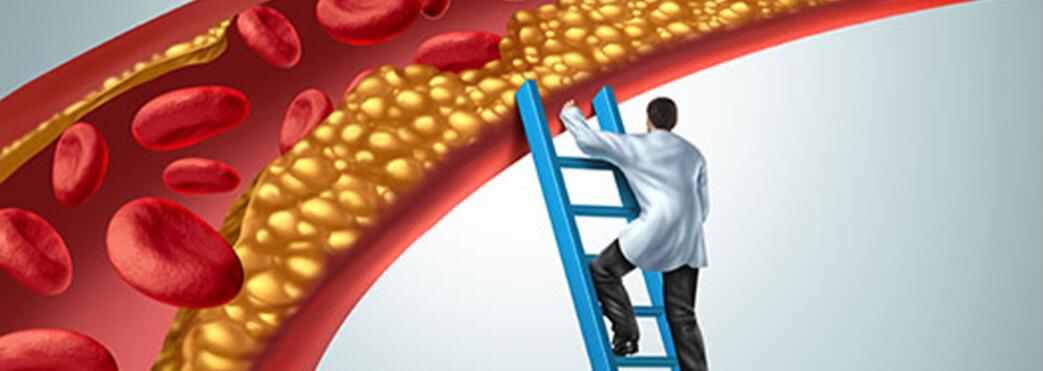Categories
- Blog (796)
- Customer Purchase (378)
- Best Sarms stack (6)
- Weight loss peptide (39)
- Other supplements (25)
- Home made (6)
- Testosterone & TRT & AAS (74)
- PCT (27)
Side effects of all AAS(anabolic–androgenic steroid) are very similar, and the extent to which a single AAS is affected will vary depending on its androgen activity, whether it is a testosterone derivative or a DHT(dihydrotestosterone) derivative, whether it interacts with 5AR, and whether it interacts with aromatase. But they all have the basic benefits and side effects of AAS.
There are cardiac and vascular risks when using AAS to promote muscle development. Androgen induced hypertension may be due to a hypertensive shift in the stress-sodium excretion relationship.

AAS use may produce feelings of high energy and euphoria, but also a tendency to insomnia and irritability. More extreme changes in mental state can lead to extreme swings in mood, from depression to radical elation.
Hiccups are classified as a neurological reaction that can be triggered by a variety of factors. There have been a few published reports of persistent hiccups associated with oral and intravenous glucocorticoid administration, as well as one type of progesterone induced hiccup that is thought to be secondary to glucocorticoid-like effects of progesterone on the brain stem.
In addition to the physical effects of exogenous AAS, they can have behavioral effects, including promoting sexual behavior (which may or may not be seen as a bad effect) and possibly increased aggression. Men who use AAS to improve athletic performance appear to be more prone to periodic depression, but young men who have stopped using AAS can also experience depression and fatigue from withdrawal.
Although AAS both have androgenic effects and lead to masculinity, they inhibit endogenous secretion of FSH and LH.
Androgens alone have an adverse effect on blood lipids and can lead to atherosclerosis. However, simultaneous administration of estrogen appears to have a protective effect on lipid profiles.
In particular, since most oral androgen treatments are performed with 17-substituted compounds (methyltestosterone), there is considerable hepatotoxicity.
Acne is common in patients who take androgens. When the effects of testosterone and anabolic steroids on sebaceous gland size were studied in a range of male athletes, high doses of all tested products were found to enlarge the glands.
Hirsutism is common in patients taking androgens and is usually irreversible. In contrast, in women, scalp hair loss may occur.
The ability of androgens to fight osteoporosis is the basis for their use as an estrogen supplement in a type of hormone replacement therapy. Testosterone can increase markers of bone formation. However, if a child is exposed to these substances, the epiphysis can close prematurely and growth can stop.
In men, the (usually needed) effects may include increased libido. Over time, androgen therapy in men can lead to reduced testicular volume and anspermia or oligospermia due to gonadotropin suppression.